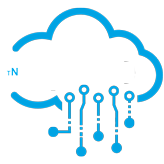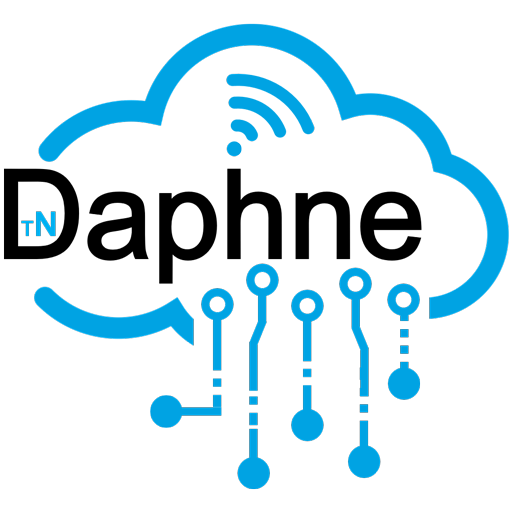
PROJECT
Project
The Project
Future mHealth informatics rely on innovative technologies and systems for transparent and continuous collection of evidence based medical information at anytime, anywhere, despite coverage and availability of communication means. This emerging critical infrastructure is influenced by factors such as biomedical and clinical incentives, advances in mobile telecommunications, information technology developments, and the socioeconomic environment. This cross dependency has led to concerns about reliability and resilience of current network deployments and hence it is imperative that communication networks must be designed to adequately respond to failures especially in a cloud, mobile, IoT/WoT environment that have traditional boundaries. We thus, propose DAPHNE, a resilient networking service for critical related applications, as a novel approach for next generation mHealth information exchange. Our goal is to provide in‐transit persistent information storage allowing the uninterruptible provision of crucial services overcoming network instabilities, capacity efficiency problems, incompatibilities, or even absence of end‐to‐end homogeneous connectivity, emphasizing on future networks and services (i.e. 5G ). We aim to provide a set of tools for the appropriate management of communication networks during their design time and avoid the “build it first, manage later” paradigm. We will analyze vulnerabilities from a fault tolerant perspective, study the lack of diversity and redundancy in network topology, extract resilience requirements and propose a self‐healing-based framework for future networks. In addition, we will emphasize on reliable system operation with extremely low power consumption focusing on future mHealth sensor networks communication for monitoring of people. DAPHNE aims to design an energy efficient network infrastructure, robust to malfunctions, inherently fault‐tolerant and self‐healing with minimum cost and complexity. DAPHNE, is envisaged as a complex micro system, able to act as an ubiquitous gateway, with dedicated building blocks and functionalities for reliable networking communications in the evolving infrastructure for future mHealth.


